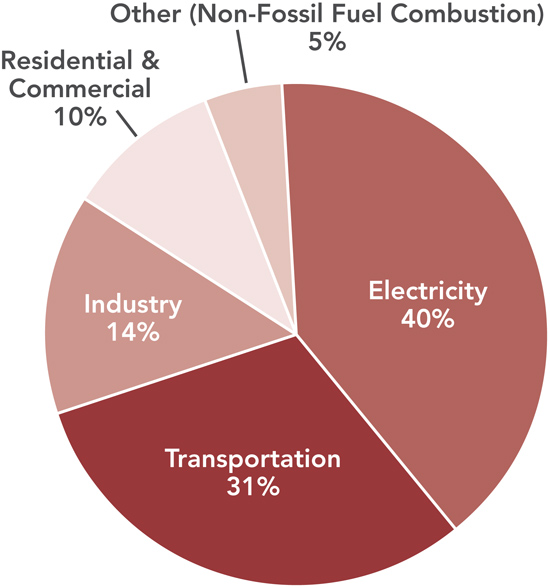Masonry Meets New Energy Codes
Calling for More Energy-Efficient Buildings
The statistics indicating that buildings have a significant impact on energy use and the environment have been widely publicized. According to the World Business Council for Sustainable Development (WBCSD), buildings account for 40 percent of the world's energy use. Besides using more energy than any other sector of the U.S. economy, buildings account for approximately 70 percent of electricity consumption, 40 percent of CO2 emissions, and 14 percent of water consumption in the U.S.
Recognizing the implications of these numbers, the building industry has responded on several levels with calls to adopt sustainable, resource-efficient building practices that can play a major role in reducing the impacts of the built environment on the natural environment.
Professional organizations and governments are calling for greener targets; codes and regulations are evolving in support of that objective. Several of the building industry's sustainability initiatives are highlighted below.
The AIA Commitment
A growing national initiative, the AIA 2030 Commitment provides a consistent, national framework with simple metrics and a standardized reporting format to help firms evaluate the impact that design decisions have on an individual project's energy performance. The idea is that to truly rise to meet the energy reduction goals of 2030, architects have to apply the principles of sustainable design to every project from its inception and early design through project completion and ongoing building operations–not just those projects where clients wish to pursue third-party green building certification. The profession can't meet radical building energy use reduction targets one project at a time and architects are embracing the challenge at hand by thinking differently about sustainable design.
Vision 2030
Composed of several industry groups including the AIA, Vision 2030 asks the global architecture and building community to achieve a dramatic reduction in the climate-change-causing greenhouse gas (GHG) emissions of the building sector by changing the way buildings and developments are planned, designed, and constructed. Vision 2030 is specifically focused on lowering building energy consumption and greenhouse gas emissions. Although Vision 2030 is at the core of the AIA 2030 Commitment, it encompasses other issues as well, such as incorporating water and indoor air quality requirements in every design and outlining internal policies within the firm with regards to recycling, green product purchasing, and energy conservation, among others. While the AIA's commitment also asks for action plans and implementation steps to be documented and submitted, Vision 2030 is a stand-alone commitment, and encourages firms to design buildings that meet prescribed targets.
 |
Total Carbon Dioxide Emissions from Energy Consumption by Sector (2008) |









